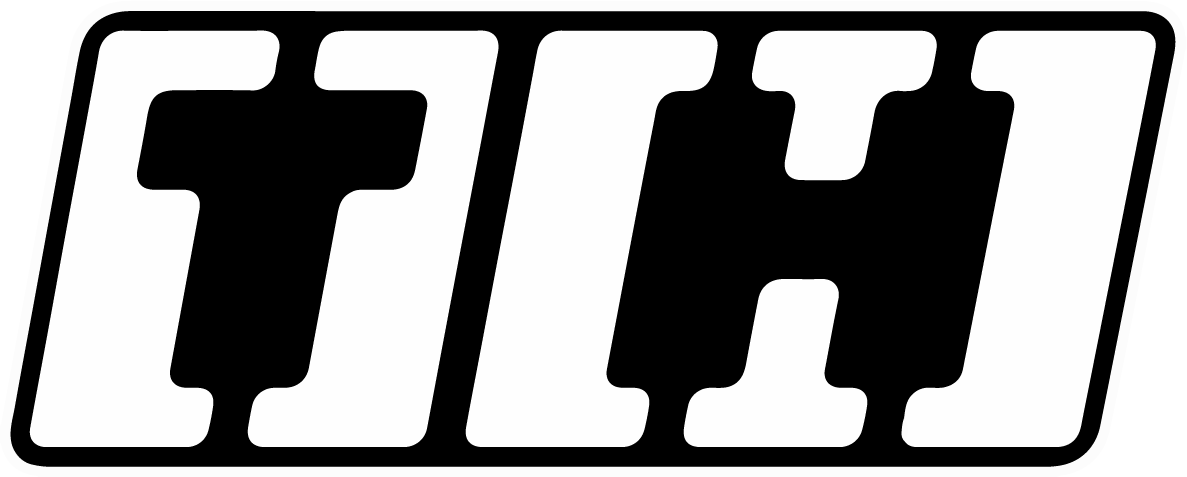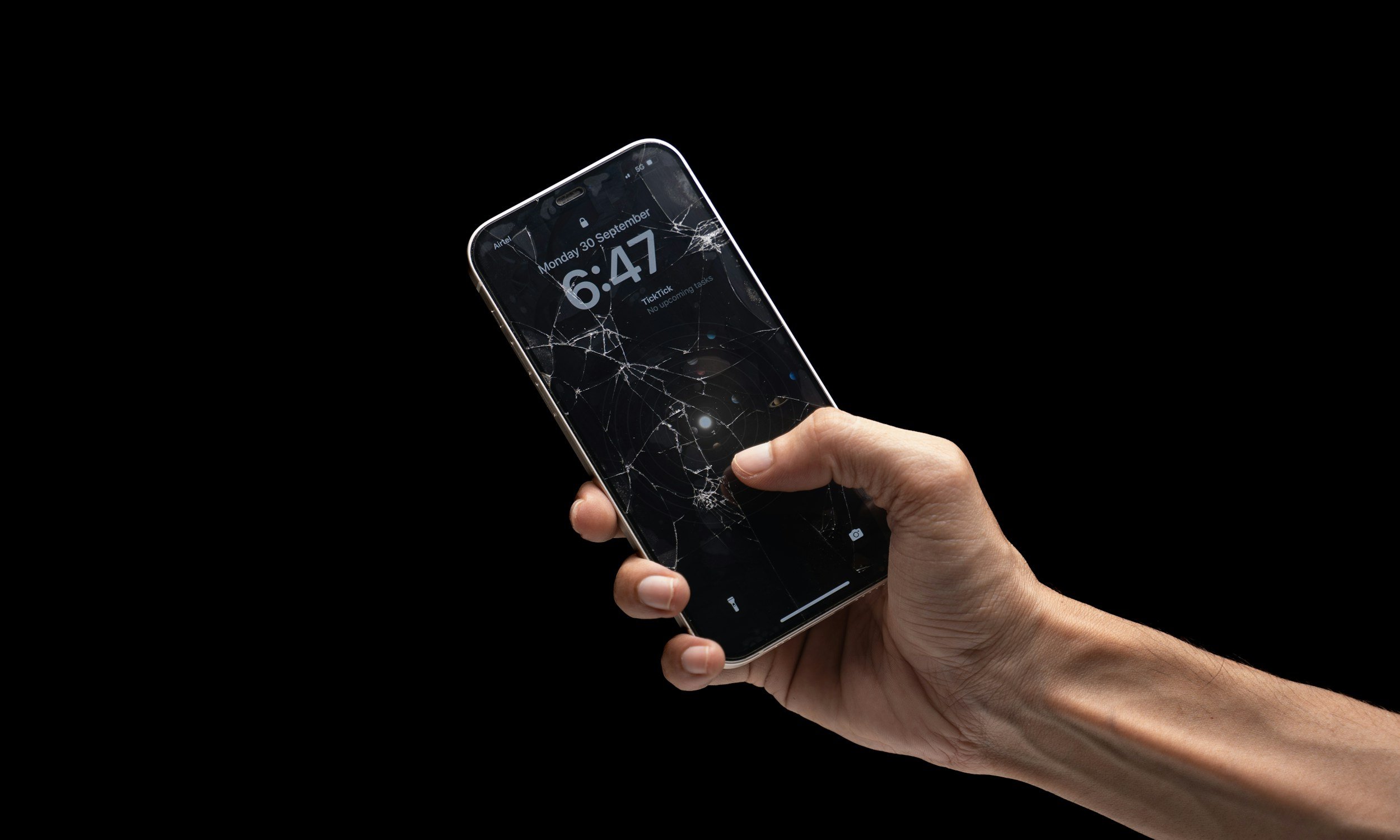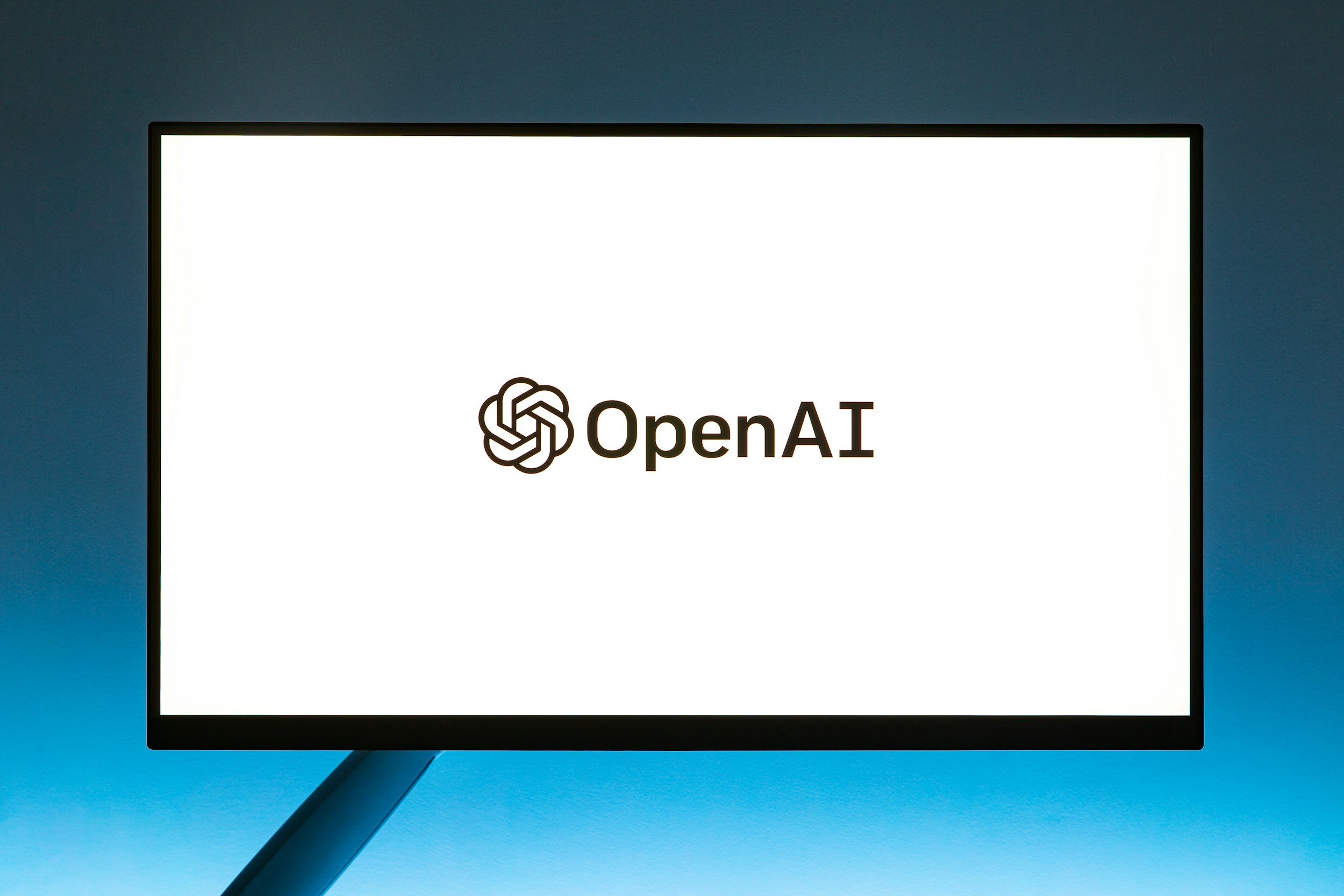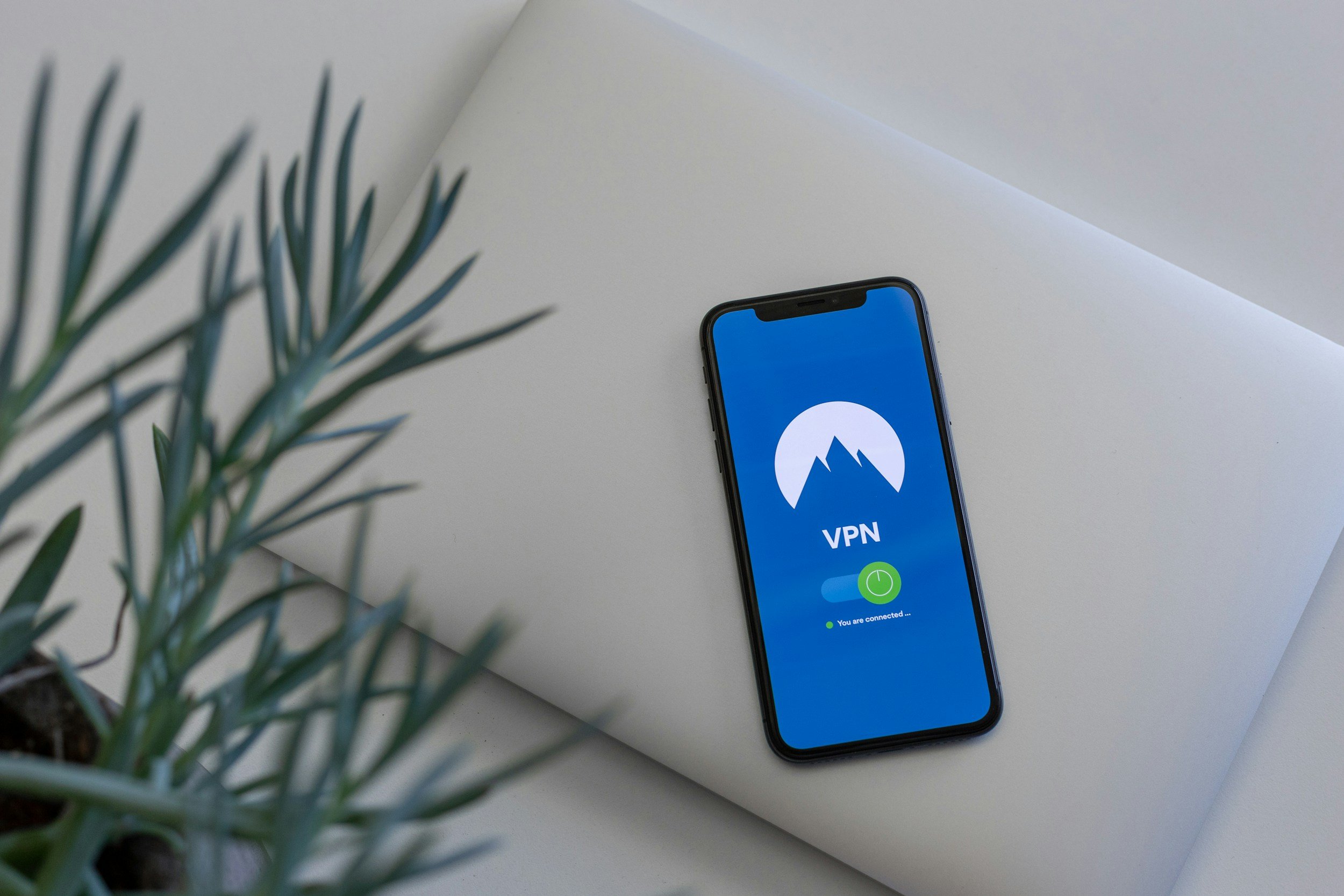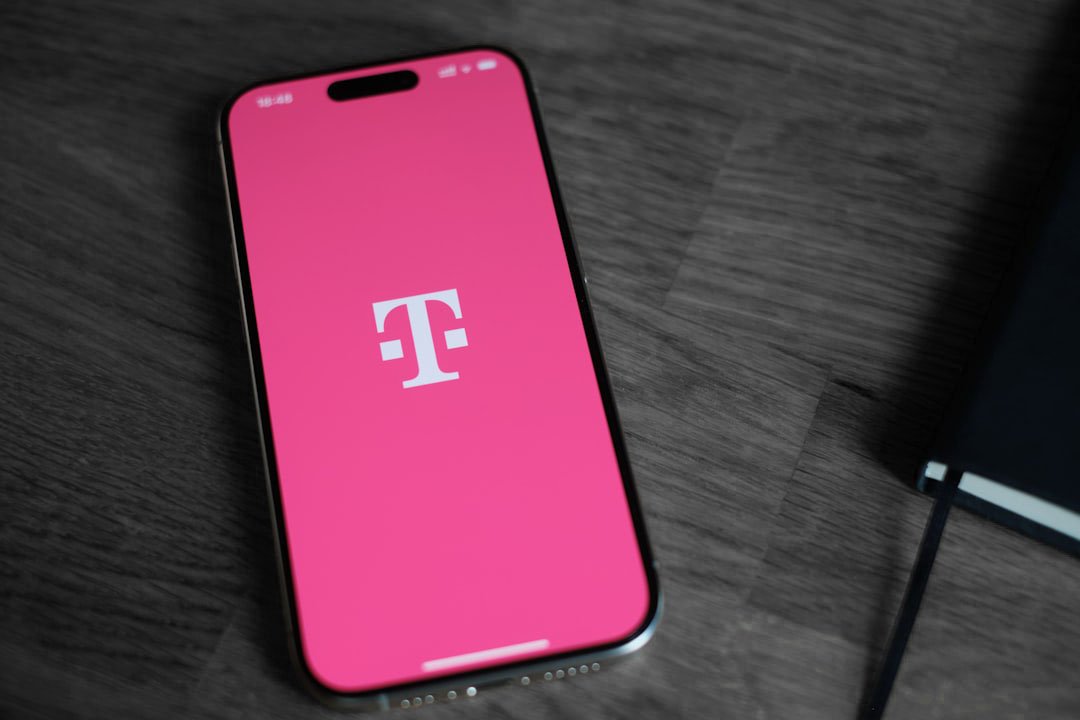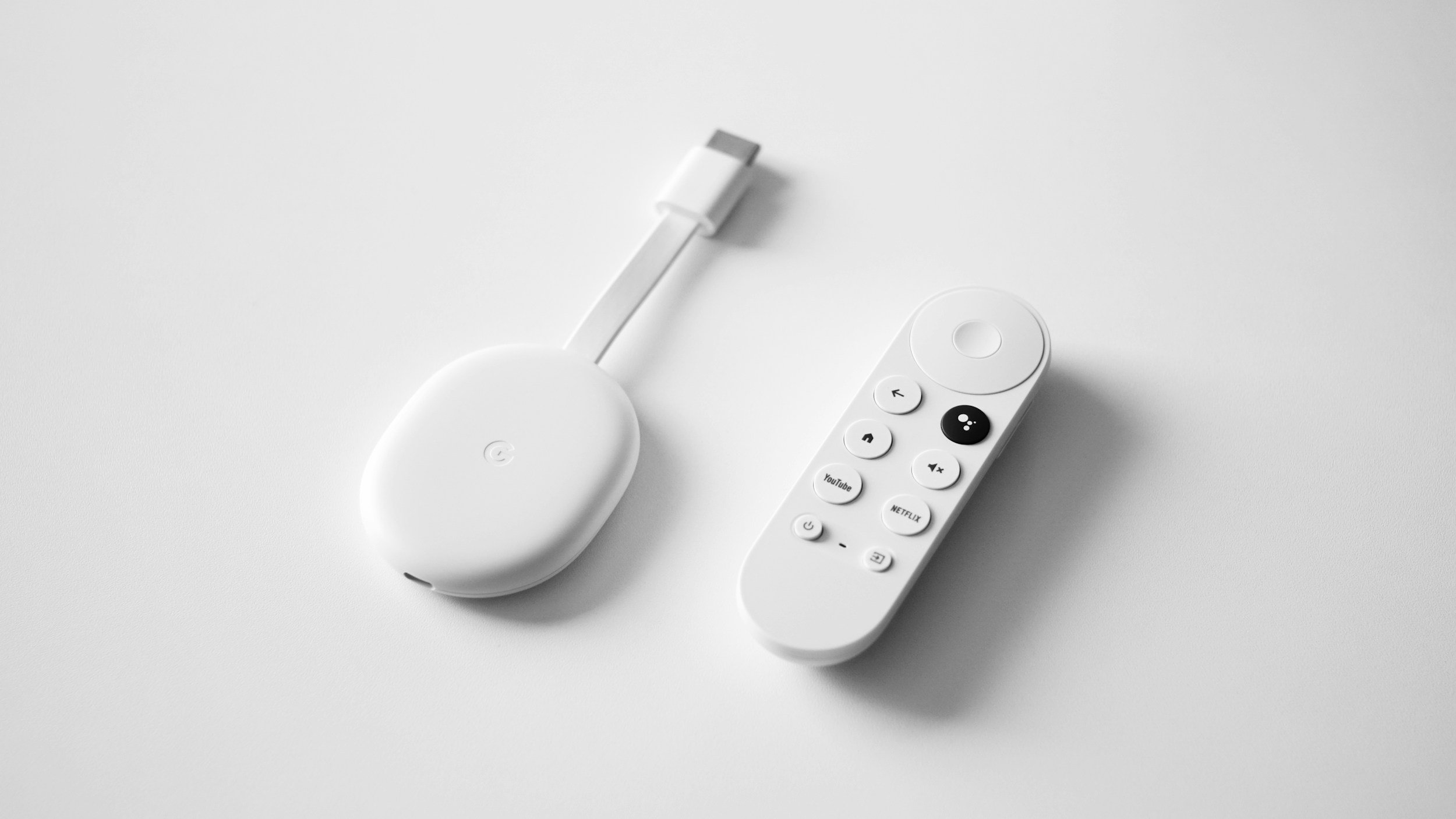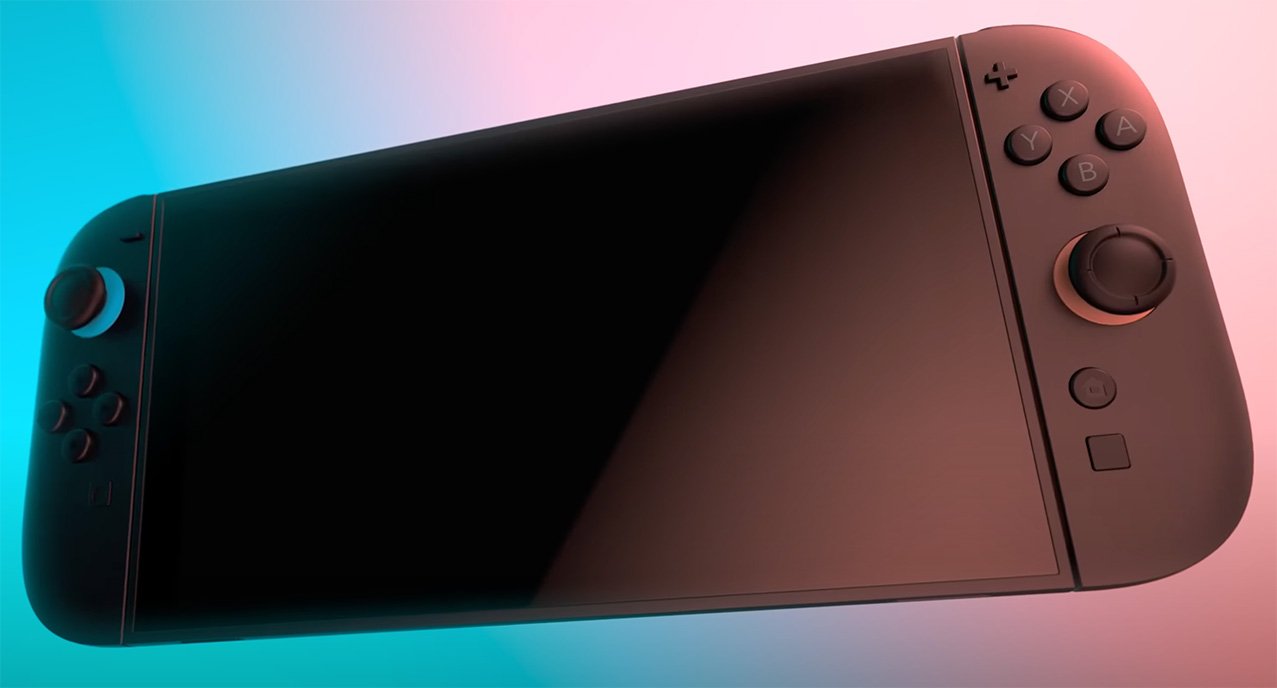512GB SSD vs 1TB SSD – Which Storage Option Is Best for Your Needs?
Last Updated: 03/25/2025When you purchase through links on my site, I may earn an affiliate commission. Here’s how it works.
Table of Contents Show
Are you feeling a bit overwhelmed by the sea of SSD options out there? Trust me, you're not alone. The choice between a 512GB and a 1TB SSD can be especially tricky.
In this guide, I’m going to demystify these options for you. We'll dive into the pros and cons of each so you can make a well-informed decision that suits your needs, whether you're a casual user or a full-blown tech enthusiast.
So, if you're thinking about boosting your computer's storage or hunting for a reliable external drive, you're in the right place. Stick around as we take a closer look at 512GB and 1TB SSDs!
1. SSDs and Their Advantages Over Traditional Hard Drives
First things first, let's talk about why SSDs (Solid State Drives) are so popular. Unlike their older cousins, the HDDs (Hard Disk Drives), SSDs don't have any moving parts.
That's right, there are no spinning disks, no read/write heads, just flash memory chips. This makes them faster, more reliable, and less prone to mechanical failure.
Speed That You Can Feel
One of the first things you'll notice when you switch to an SSD is the speed. We're talking about lightning-fast read and write speeds that make everything from booting up your computer to transferring files feel like a breeze.
Imagine not waiting for ages while your computer wakes up or copies a large file. That's the beauty of SSDs.
Durability You Can Count On
Let's face it: accidents happen. You might drop your laptop or bump your desktop's tower.
SSDs are far more forgiving in these scenarios. With no moving parts to break, they're robust and less likely to give you a heart attack when your device takes a tumble.
Energy Efficiency and Cooler Operations
Another unsung hero in the SSD feature list is its energy efficiency. Because they don't have to power any moving parts, SSDs are pretty low-key regarding energy consumption. This is great news for laptop users, as it can give your battery life a nice little boost.
Plus, less energy consumption means less heat, so your device stays cooler, which is always a win-win.
The Bottom Line
Yes, SSDs are a bit pricier than traditional hard drives, but the benefits are well worth the investment.
They can breathe new life into your computer, making it faster, more reliable, and more efficient. So, if you're looking to upgrade your storage, SSDs are the way to go.
2. Comparison Between 512GB & 1TB SSDs
So, you're in the market for an SSD and torn between the 512GB and the 1TB options. What's the real difference, and how do you choose? Let's break it down.
Double the Space, Double the Fun?
First, the 1TB SSD offers twice the storage of its 512GB counterpart. That's a lot of extra room for your high-res photos, 4K videos, or general documents.
This is especially important for professionals dealing with large datasets or creatives with a ton of media files. Gamers, too, will appreciate the extra space for their ever-growing game collections.
The Wallet Factor: Cost Considerations
Now, let's talk money. The 512GB SSD might be your go-to if you're on a budget. These usually range from around $30 to $150, while a 1TB SSD can set you back anywhere from $60 to $300. But remember, cheaper is not always better.
The Best Option for Casual Users
If your computer is mainly for browsing the web, checking emails, and working on documents, then a 512GB SSD should suffice. It's more than enough to store your essential files and then some.
3. 1TB SSD vs 512GB SSD – Differences in Cost and Price-Per-Gigabyte
More Bang for Your Buck?
When comparing SSDs, looking at the price per gigabyte is smart. Generally, the 1TB SSD offers a better deal in this regard. Simply put, you get more storage for each dollar you spend.
However, prices can vary based on the brand, model, and other factors, so it's wise to shop around.
The Long Game: Upfront Cost vs Long-Term Savings
While the 1TB SSD might have a higher upfront cost, consider the long-term benefits.
More storage means you won't have to upgrade as often, which could save you money in the long run. This extra space could be a lifesaver for power users and gamers who are constantly downloading large files.
The Bottom Line
Choosing between a 512GB and 1TB SSD is not just about the initial cost or storage capacity. It's about understanding your specific needs and how they align with your current and future budget.
So, before you make that purchase, do your homework. Compare prices, think about your storage needs, and make an informed decision.
4. My 5 Personal Recommendations
So, you've made it this far, and you're probably wondering, "Alright, which SSDs should I actually consider buying?" Here are some of my personal favorites:
I think some of the best SSDs currently available on the market include Samsung 870 EVO, WD Black SN850X, Kingston KC3000, and Samsung 990 Pro.
All of these drives offer outstanding performance, durability, and features, while the Crucial MX500 is a great cost-effective option.
| Specifications | |
|---|---|
| Storage Options | 250GB, 500GB, 1TB, 2TB, 4TB |
| Data Read / Write Speeds | Up to 560 MBps / 530 MBps |
| Form Factor | 2.5-inch / 7 mm |
| Data Transfer Interface / Protocol | SATA 6Gbps / AHCI |
| Endurance | Up to 2,400 TBW |
| Warranty | 5 Years |
Pros:
Fast
Up to 4TB of space
Advanced Encryption Standard (AES) 256-bit
Nice software package
Attractive design
5-year warranty
Cons:
Costlier than other options
If you're looking for a high-performance SATA SSD, the Samsung 870 EVO is your best bet. This drive offers the optimum mix of lightning-fast speeds, outstanding power efficiency, long-lasting durability, and all of the capabilities you'd expect from a SATA SSD.
It comes in sizes of 500GB and 1TB but even goes up to as much as 4TB. So whether you're a professional power user or a die-hard gamer, there's a storage size for you. Overall, the Samsung 870 EVO is one of the best SATA SSDs on the market.
| Specifications | |
|---|---|
| Storage Options | 1TB, 2TB, 4TB |
| Data Read / Write Speeds | Up to 7,300 MBps / 6,600 MBps |
| Form Factor | M.2 2280 |
| Data Transfer Interface / Protocol | PCIe 4.0 x4 / NVMe |
| Endurance | Up to 2,400 TBW |
| Warranty | 5 Years |
Pros:
Outstanding performance
Big SLC cache
Comprehensive warranty and software suite
Heatsink and RGB lighting available
5-year warranty
Cons:
Cost
Game Mode 2.0 is still being developed
With the introduction of the Black SN850X, WD has improved upon the already outstanding Black SN850 SSD. The performance of this new drive has significantly increased due to the full use of PCIe 4.0 and the utilization of an improved controller and cutting-edge flash technology.
The Black SN850X's availability of a heatsink option, along with RGB lights, for the 1TB and 2TB versions of the drive, is one of its standout features. This not only gives your system a fashionable touch but it also maintains the drive's operating temperature. WD also provides a solid warranty and support for the Black SN850X with its robust Dashboard Application.
With DirectStorage on the horizon and its lightning-fast speed, it is the perfect option for gamers wanting to maximize their PC or for professionals who need a very fast and reliable storage option.
| Specifications | |
|---|---|
| Storage Options | 512GB, 1TB, 2TB, 4TB |
| Data Read / Write Speeds | 7,000 MBps / 7,000 MBps |
| Form Factor | M.2 2280 Double-sided |
| Data Transfer Interface / Protocol | PCIe 4.0 x4 / NVMe 1.4 |
| Endurance | Up to 3,200 TBW |
| Warranty | 5 Years |
Pros:
Blazingly fast PCIe 4.0 performance while remaining cool
Appealing design
5-year warranty
Cons:
Pricey
High energy consumption
Does not include AES hardware encryption
If you're in the market for a very fast SSD, look no further than Kingston's KC3000. This high-performance PCIe 4.0 x4 NVMe SSD offers mind-blowing speeds of up to 7 GBps for both read and write throughput and up to one million IOPS. However, this comes at the cost of efficiency, which means decreased battery life for laptops.
The KC3000 utilizes the Phison PS5018-E18 controller and features Micron's 176-Layer TLC flash. This makes it the perfect choice for users looking to build a high-performance desktop for gaming or professional work.
While it may not be the best choice for laptops, it's an excellent SSD for those looking for speed and power in a desktop setup.
| Specifications | |
|---|---|
| Storage Options | 1TB, 2TB, 4TB |
| Data Read / Write Speeds | Up to 7,450 MBps / 6,900 MBps |
| Form Factor | M.2 2280 |
| Data Transfer Interface / Protocol | PCIe 4.0 x4 / NVMe |
| Endurance | Up to 2,400 TBW |
| Warranty | 5 Years |
Pros:
Currently fastest SSD on the market
Samsung support and software
Heatsink and RGB lighting available
Reliable, effective, and stays cool
5-year warranty
Cons:
Costly
The overall performance of the Samsung 990 Pro is outstanding, and it’s my personal favorite. But that's not it. It's also reliable, power-efficient, and cool. Samsung even provides a great SSD toolkit that is accessible thanks to Samsung's new software for this drive.
Last but not least, it has a good warranty and decent support. The only real downside is the fact that it is a bit pricy.
| Specifications | |
|---|---|
| Storage Options | 250GB, 500GB, 1TB, 2TB |
| Data Read / Write Speeds | Up to 560 MBps / 510 MBps |
| Form Factor | 2.5-inch / 7mm |
| Data Transfer Interface / Protocol | SATA 3 / AHCI |
| Endurance | Up to 700 TBW |
| Warranty | 5 Years |
Pros:
Good performance
Cost-effective
Comes with SSD Toolbox and cloning software
TCG Opal 2.0 SED Support available
Hardware AES-256 Encryption enabled
Cons:
Smaller capacities models slightly slower than larger capacities models
Outdated design
The MX500 is a fantastic option if you want to save money but still need robust SATA performance. It provides comparable performance to the Samsung 860 EVO and has a proven track record of reliability. The MX500 is a good bargain at whatever capacity you require and, overall, a great choice.
Honorable Mention: WD My Passport Ultra
| Specifications | |
|---|---|
| Storage Options | 1TB, 2TB, 4TB, 5TB, 6TB |
| Data Read / Write Speeds | Up to 140 MBps |
| Form Factor | Portable |
| Data Transfer Interface / Protocol | USB 3.0 / USB 2.0 compatible |
| Endurance | 5 Years (CDL) |
| Warranty | 3 Years |
Even though the WD My Passport Ultra is not an SSD but an HDD, I would still recommend it if you are looking for an external hard drive and all you need is as much storage as possible for as cheap as possible.
Check out my comprehensive review to learn more about the WD My Passport Ultra and why I prefer it over the standard WD My Passport.
Final Thoughts
So, there you have it. Whether you're leaning towards a 512GB or a 1TB SSD, both have their merits.
If you're a casual user who mainly surfs the web and checks emails, a 512GB SSD should be more than enough.
But if you're a gamer with a hefty game library or a professional dealing with large files, a 1TB SSD is probably the way to go.
And remember, it's not just about what you need now but what you might need in the future. Always consider the long-term value, especially when it comes to cost-per-gigabyte.
If you're in the market for an SSD, I've got a few picks that really stand out. For reliability and speed Samsung's 870 EVO, Samsung 990 Pro, WD Black SN850X and Kingston KC3000 are fast and reliable for whatever you throw at them.
On a budget? The Crucial MX500 offers good performance without draining your wallet. And if it's just storage space you're after, the WD My Passport Ultra gives you plenty of it on the cheap, even though it's not an SSD.
These are straightforward, no-nonsense recommendations based on my personal experience with what works well in real-world use.
I hope this guide has shed some light on your SSD quest. If you have any more questions or need further clarification, don't hesitate to drop a comment below.
Looking for more buying guides, reviews, or tips? Check out my newsletter to stay up-to-date.
Have an awesome day, and thanks a lot for reading!
FAQ
-
An SSD, or Solid State Drive, is a type of data storage device that uses flash memory.
It's faster and more reliable than traditional hard disk drives (HDDs).
-
The primary difference is storage capacity. A 1TB SSD offers twice as much storage space as a 512GB SSD.
This is crucial for users who handle large files or have extensive media collections.
-
Not necessarily. The speed of an SSD is determined by its read and write speeds, not its storage capacity.
However, some higher-capacity SSDs may offer better performance due to additional cache.
-
Consider your storage needs and budget. If you're a casual user, a 512GB SSD should be more than enough.
But if you're a gamer or work with large files, a 1TB SSD is a better option.
-
Generally, the power consumption of an SSD is not significantly affected by its storage capacity.
Both 512GB and 1TB SSDs are energy-efficient compared to traditional HDDs.
-
A 1TB SSD is generally more expensive than a 512GB SSD.
However, the cost per gigabyte is usually lower for 1TB SSDs, making them more cost-effective in the long run.
-
Yes, you can upgrade, but it involves transferring all your data from the old SSD to the new one.
Make sure to back up your data before making the switch.
-
Personally, my favorite brands include Samsung, WD, and Kingston because they are reputable brands that offer reliable SSDs in both 512GB and 1TB capacities.
MOST POPULAR
LATEST ARTICLES
